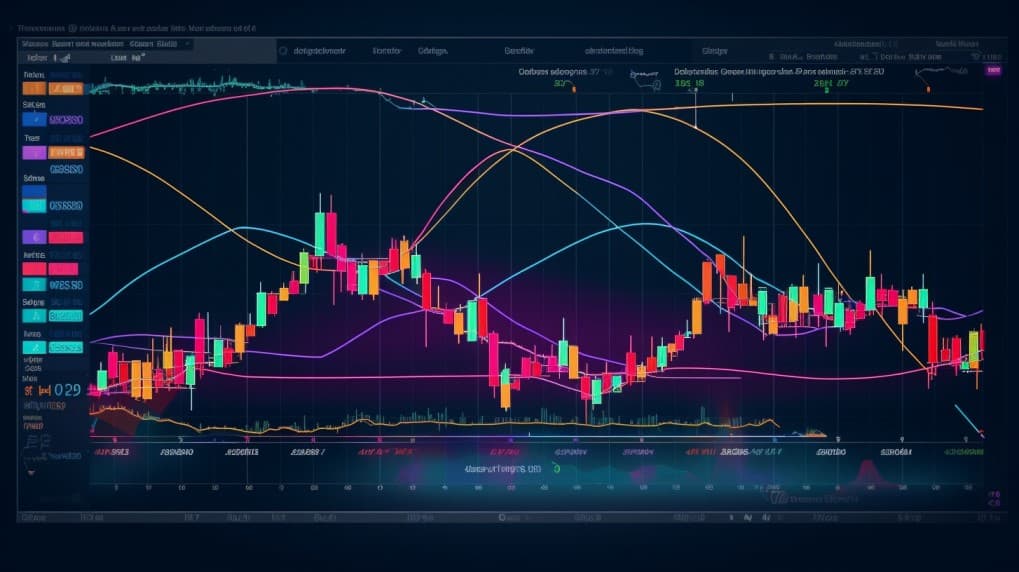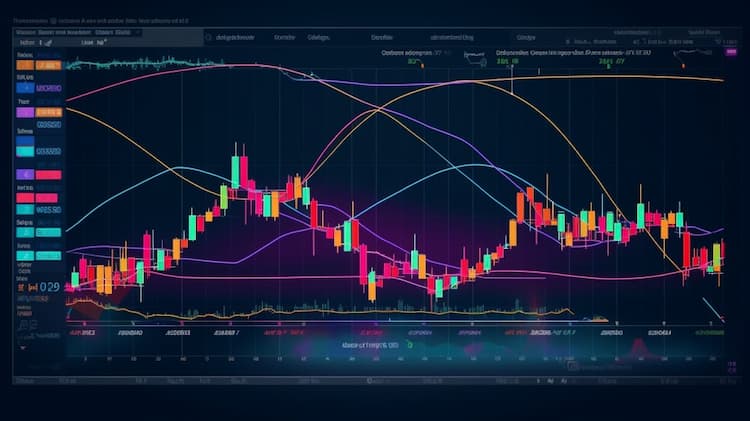
DPST VS IYF: Tracking and Exposure
Exchange-Traded Funds (ETFs) have gained immense popularity among investors for their diversified exposure to various financial sectors and industries. In this article, we will conduct a comprehensive comparison between two notable ETFs: DPST (Direxion Daily Regional Banks Bull 3X Shares) and IYF (iShares U.S. Financials ETF). We'll delve into essential aspects such as ETF tickers, full names, issuers, sectors, top holdings, capitalization, strategy, tracking, and exposure.
DPST VS IYF: Overview
DPST and IYF are two ETFs that cater to different segments within the financial sector. DPST is a leveraged ETF designed to provide three times the daily performance of regional banks, while IYF offers broad exposure to the entire U.S. financial sector. These differing strategies result in distinct risk profiles and potential returns, which we will explore in detail.
DPST VS IYF: Sectors and Top Holdings
DPST focuses primarily on regional banks and related financial institutions, with holdings in companies like SVB Financial Group, Zions Bancorporation, and Citizens Financial Group. On the other hand, IYF encompasses a broader spectrum, including banks, insurance companies, and diversified financial services. Understanding the sectors and top holdings within these ETFs is crucial for investors aiming to align their portfolios with specific financial industry segments.
 DPST overlap DPST VS IYF
DPST overlap DPST VS IYF
DPST VS IYF: Capitalization and Strategy
DPST boasts a considerable asset under management (AUM), reflecting its appeal to investors seeking leveraged exposure to regional banks. Conversely, IYF follows a more diversified strategy, aiming to mirror the performance of the broader U.S. financial sector. The difference in capitalization and strategy between these two ETFs has significant implications for potential returns and risk, making it imperative for investors to make informed choices.
DPST VS IYF: Tracking and Exposure
DPST's primary objective is to provide investors with leveraged exposure to the daily performance of regional banks. To achieve this, it employs financial derivatives and other instruments. IYF, on the other hand, aims to replicate the performance of a benchmark index covering various financial sector companies. Understanding these tracking methodologies and the resulting exposure is essential for investors to select the ETF that aligns best with their investment objectives and risk tolerance.
Conclusion
DPST and IYF represent distinct investment opportunities within the financial sector. Each ETF caters to different investor preferences and risk appetites. For those seeking in-depth insights into the holdings, correlations, overlaps, and other critical information regarding these ETFs and other financial instruments, ETF Insider is a valuable tool. With its user-friendly app, it offers comprehensive details to help investors make informed decisions.
Disclaimer: This article does not provide any investment advisory services.
DPST ETF issuer
DPST ETF official page
IYF quote and analysis
Discover the top holdings, correlations, and overlaps of ETFs using our visualization tool.
Our app allows you to build and track your portfolio.
To learn more about the IYF iShares U.S. Financials ETF, access our dedicated page now.





